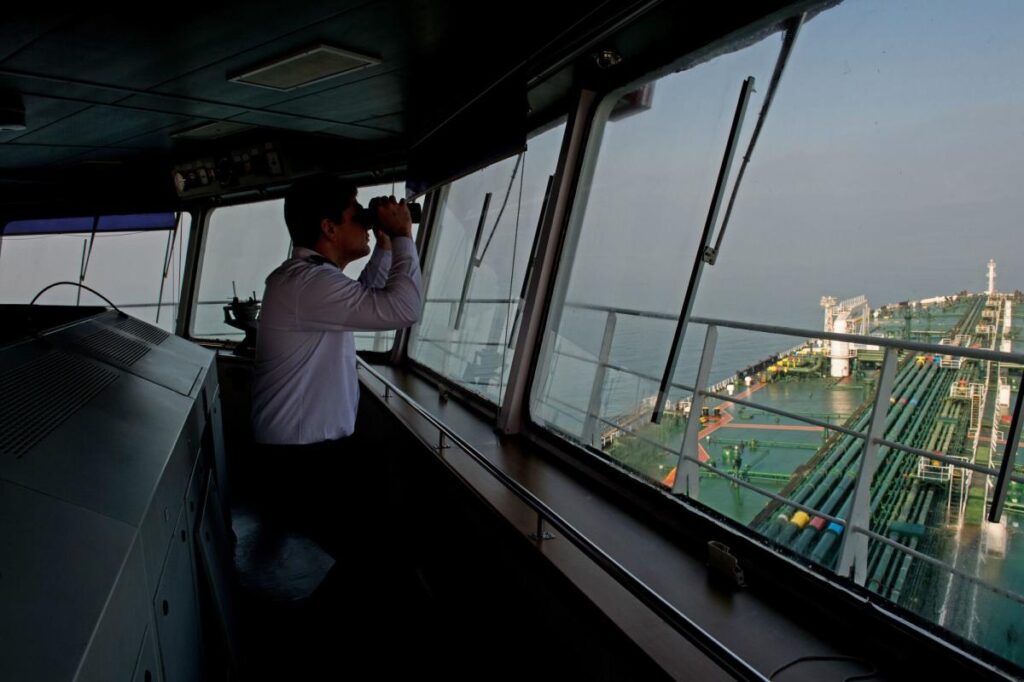Oil prices have recently stabilized after experiencing a surge of nearly 3% on Monday, driven by escalating tensions in the Middle East and the OPEC+ decision to extend supply curbs. Brent crude is trading close to $75 a barrel, following a significant increase—the largest in over three weeks—while West Texas Intermediate remains above $71. The market’s reaction comes against a backdrop of heightened geopolitical concerns, particularly after comments from Iran’s supreme leader, who threatened a “crushing response” to perceived aggressions by enemies, notably Israel. This rhetoric raises fears of supply disruptions amid a landscape of weakened demand from China and increased production in the Americas, notably the U.S.
Since the end of June, the international crude benchmark has fallen by approximately 13%, primarily due to disappointing demand figures from China alongside surging production levels from U.S. oil fields. In response, OPEC+ has opted to delay plans to restore crude production levels, reflecting a cautious approach in the face of these market pressures. Warren Patterson, the head of commodities strategy at ING Groep NV, noted that the ongoing tensions in the Middle East paired with the effects of tropical storms in the Gulf of Mexico create potential upside risks for oil prices. Simultaneously, oil markets remain susceptible to broader market fluctuations linked to the upcoming U.S. presidential election, which is also contributing to market volatility.
As the U.S. presidential race heats up, key polling indicates a tightly contested scenario between candidates Donald Trump and Kamala Harris. The electoral campaign’s dynamic has potential implications for the energy market, notably with South Korea reportedly considering actions to boost energy imports from the U.S. should Trump prevail in the election. Such moves would appear aimed at addressing the country’s trade surplus with the United States. The uncertain political landscape underscores how geopolitics intersect with energy markets, potentially influencing trading strategies and investment decisions within the sector.
Compounding the uncertainty in the oil market, Tropical Storm Rafael poses a threat to operations in the Gulf of Mexico, with evacuation plans already in motion for some non-essential personnel in vulnerable offshore oil and natural gas facilities, as reported by Shell Plc. Such weather events can disrupt production and contribute to fluctuations in oil prices, creating an additional layer of risk for traders and analysts alike. The combination of geopolitical tensions and natural disasters illustrates how interconnected various factors are that contribute to the stability and pricing in the oil market.
Overall, the recent developments reflect a cautious optimism within the oil sector as OPEC+ appears more committed to supporting prices than previously anticipated. Although there are significant risks stemming from both geopolitical and environmental factors, the organization’s strategic adjustments indicate a readiness to adapt to market conditions and potentially mitigate price declines. As the oil market navigates these complexities, stakeholders are closely monitoring developments to better understand the implications on supply, demand, and pricing dynamics in the months to come.
In summary, the oil market remains in a state of flux, influenced heavily by geopolitical tensions, changing production levels, and the impending U.S. presidential election. With OPEC+ taking steps to support prices amidst growing supply and demand challenges, traders are preparing for potential volatility ahead. The evolving landscape points to broader implications not only for crude prices but also for global energy strategies, particularly in relation to significant markets like China and South Korea. As all eyes turn to both regional tensions in the Middle East and the impacts of domestic U.S. politics, the future trajectory of oil prices remains uncertain, underscoring the need for continuous analysis and responsiveness to shifting dynamics.

